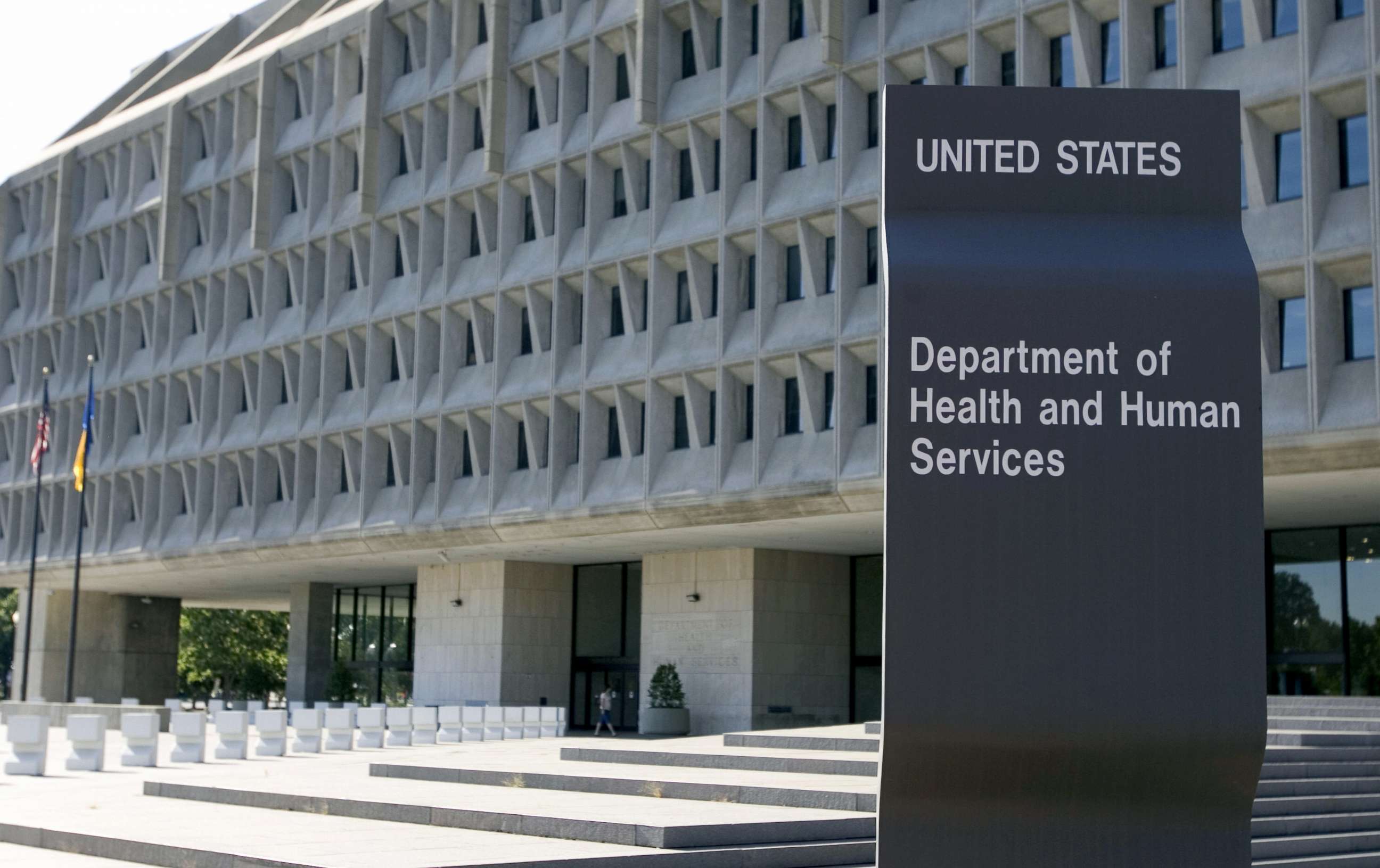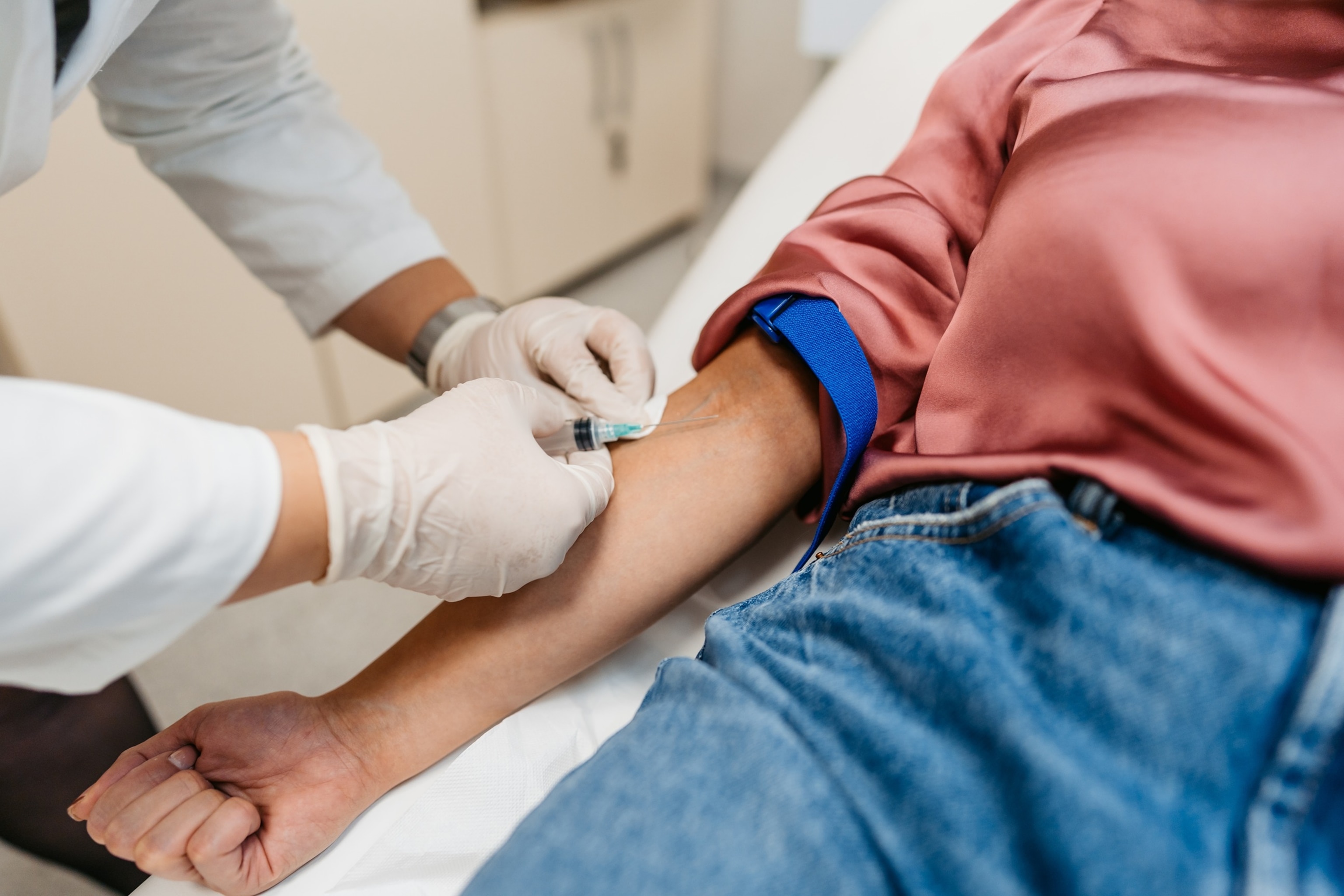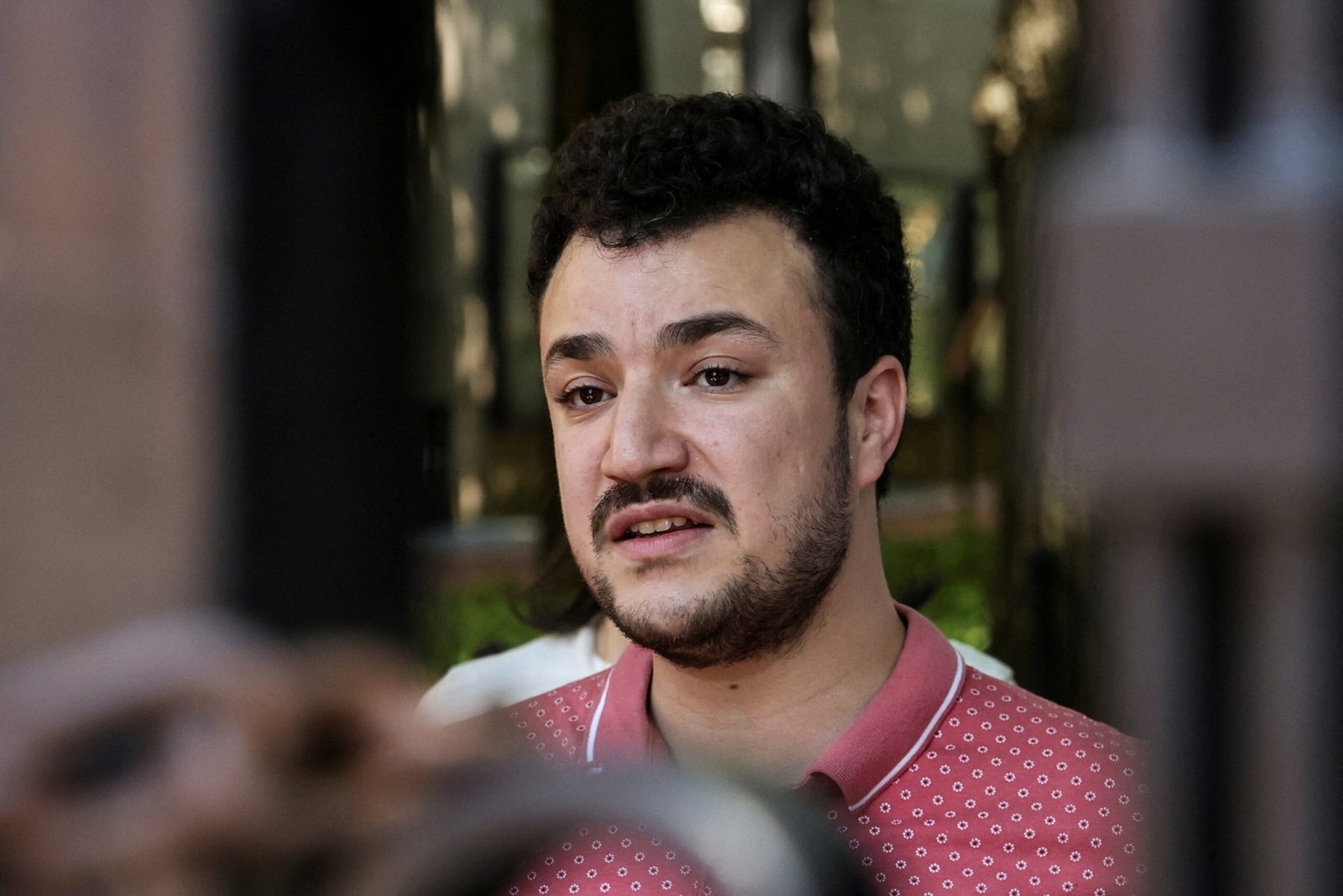The Trump administration says it will restore the financing of the Women’s Health Initiative.

The Trump administration has promised to restore the financing of a historical study on Women’s health Days after the researchers who lead the study announced that their financing had been reduced, news that caused protests of medical and scientific experts.
The United States Department of Health and Human Services said in a statement on Friday to ABC News that will restore the financing of women’s health initiative, a 30 -year study of more than 160,000 women who has led to discoveries in the health of women in everything, from cancer and hormonal therapy to chronic diseases, aging and osteoporosis.
“These studies represent critical contributions to our best understanding of women’s health. Although NIH initially exceeded their internal objectives for contracts reductions, we are now working to completely restore funds to these essential research efforts,” the agency said in a statement, referring to national health institutions, the agency within the HHS that supervises the study. “The NIH remains deeply committed to the progress of public health through the rigorous standard gold research and we are taking immediate measures to guarantee the continuity of these studies.”
Researchers leading the woman’s health initiative, or whi, announced Earlier this week, HHS had been informed would terminate contracts for the four regional centers of the study at the end of September. According to the researchers, the financing for the study Clinical Coordination Center would continue until January 2026, and will then remain uncertain.
Garnet Anderson, Ph.D., principal researcher at the Whi Clinical Coordination Center at Fred Hutchinson Cancer Center in Seattle, said ABC News on Friday that the center has not received confirmation from the NIH that the funds for the study will be restored.
He added that, although he hopes that financing for WHI will be restored, he also worries that he may present at the expense of funds for “other equally deserving studies.”
“The decision -making process is now opaque,” Anderson told ABC News by email. “It is not clear that we are obtaining the best return of our investment, prioritizing and supporting research on the most important issues in public health and the most promising scientific opportunities.”

In this file photo of July 21, 2007, the building of the Department of Health and Human Services of the United States is shown in Washington, DC
Saul Loeb/AFP/Getty Images, Archive
Anderson’s work at Whi in the last 30 years included research on hormonal and women therapy.
Additional discoveries derived from the data of the decades collected by WHI include important information about the prevention of chronic diseases in women; decelerate memory loss; prevent and treat breast, ovary and colorectal cancers in women; And a better understanding of how the above conditions in life such as pregnancy, preeclampsia and gestational diabetes impact women later on life, according to Dr. Joann E. Manson, one of the main long -term WHI researchers.
“This is the greatest and most innovative study of women’s health, and we are learning a lot about the prevention of chronic diseases, healthy aging, the extension of health, the years of life free of large chronic diseases with good memory and cognition and mobility, and quality of life”, Manson, who is also head of the Division of Preventive Medicine in Brigham and the Hospital of Women and a Hospital de Mujeres and a Hospital de Mujer He said to ABC News on Thursday.
Manson said that the results of the research that Whi continues to produce has not only shaped public health guidelines and clinical health guidelines, which means that medical doctors provide patients, but also shaped a generation of women’s health researchers.
“There have been more than 5,000 researchers who have been involved with publications and science, and it will be difficult to keep that together,” he said on the potential impact of fund cuts. “In addition, Whi has played a huge role in the training and tutoring of the next generation of women’s health researchers and healthy aging that is probably interrupted.”
Editor’s celections

Manson and other researchers noticed that the sudden announcement of fund cuts and now the possible investment of restoring financing has thrown their work into chaos.
“We have blood samples, literally hundreds of thousands of blood samples, which have been collected over the years. It is not clear if those biopecies can be used completely and used to advance the science that is also threatened,” said Manson, then adding, “we must see if these biopecies can be preserved, if you can keep the newly measured, if you can keep the newly measured, the studies of the blood in the country can be preserved. Samples: It is really not clear. “

File Images/Getty Images
On Friday, Manson told ABC News that he has not received confirmation from the NIH that the funds for the study would continue.
A third Whi Regional Center, located at the Wexner Medical Center of Ohio State University, also told ABC News Friday that it had not been informed by the NIH of the decision to restore the funds.
Dr. Marian Neuhouser, a main main researcher in the center of Fred Hutchinson cancer, said that one of the main tasks of the regional centers of the study, whose financing will originally be completed in September, is to continuously collect data from the tens of thousands of women who still register in the study.
“There are not many studies that have such a large database of older women. We have something like 13,000 women over 90 years old and some up to 108 years,” Neuhouser told ABC News on Thursday. “We need to learn about these women: what keeps them healthy, which puts them at risk, how people can continue to live independently. This information helps doctors as they interact with patients.”
He added that women signed up for the Whi: “They want to be studied. They want to be part of the answer.”
Experts such as Neuhouser point out that Whi’s work is historic in part because three decades ago, women were not included in medical research.
In the 1970s, for example, the first clinical studies on the effects of estrogen, the sexual hormone responsible for female physical characteristics and reproduction were carried out in men.
It was only with him passed of the Law of Revitalization of the National Institutes of Health in 1993, signed by the then President Bill Clinton, that the inclusion of women and people of color was required in the investigation funded by the federal government.







